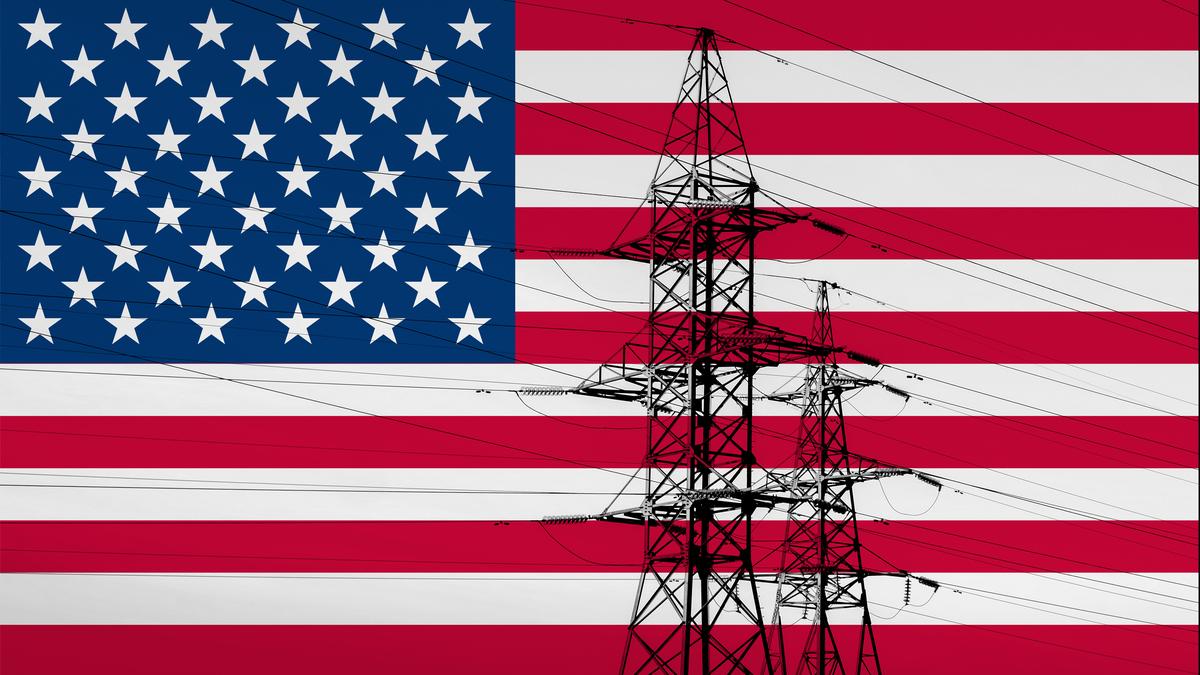India–U.S. Energy Cooperation

- 09 May 2025
In News:
U.S. Vice-President J.D. Vance recently reaffirmed strong bilateral engagement with India in the domains of energy and defence. In parallel, India underscored the need to prioritiseenergy security, technology transfer, and collaboration on critical minerals as pillars of this strategic partnership.
Major India–U.S. Energy Initiatives
- Strategic Clean Energy Partnership (SCEP):Facilitates cooperation across bioenergy, solar power, hydrogen fuels, and energy efficiency measures.
- Initiative on Critical and Emerging Technology (iCET):Focused on advanced technologies such as clean energy, Artificial Intelligence (AI), quantum computing, and Small Modular Reactors (SMRs).
- Civil Nuclear Cooperation:Aims to enhance technology exchange and investments aligned with India’s goal of achieving 100 GW of nuclear capacity by 2047.
- Critical Minerals MoU (2024):Establishes a framework for resilient and transparent supply chains for rare earth elements and critical minerals, along with potential third-country investment opportunities.
Rationale for Strengthening the Energy Partnership
- Energy Security:India’s transition to a $5 trillion economy requires uninterrupted, affordable energy access.
?Example: India's energy import bill reached $153 billion in FY 2023–24, highlighting the need for long-term partnerships. - Climate Commitments:To achieve net-zero emissions by 2070, India must scale up investments in low-carbon technologies, including nuclear, renewables, and green hydrogen.
- Mineral Supply Chain Diversification:With China dominating over 90% of rare earth processing, India seeks reliable and democratic supply partnerships to support its clean energy transition.
- Infrastructure and Financing Needs:Developing nuclear energy infrastructure alone could demand over $180 billion by 2047, requiring foreign capital, joint ventures, and technology collaboration.
Proposed Roadmap for Enhancing Bilateral Energy Ties
- Legal Reform:Revisit the Civil Liability Act to facilitate private sector participation in India's nuclear sector.
?Example: Proposed transfer of SMR technology from Holtec to Indian companies (e.g., L&T, Tata Consulting) requires legal assurances. - Strategic Mineral Reserves Collaboration:Joint stockpiling via India’s Strategic Petroleum Reserves and the U.S. National Defense Stockpile can buffer supply shocks.
- India–U.S. Mineral Exchange Platform:Launch a digital trade and traceability platform using blockchain technology to enhance transparency and co-investment.
- Leverage the Quad Partnership:Deepen trilateral mineral partnerships with Australia and Japan, focusing on processing facilities, R&D hubs, and outreach to resource-rich African nations.
- Accelerate Nuclear Rollout:Standardise nuclear reactor designs, streamline regulatory approvals, and aim to install 5–6 GW of new nuclear capacity annually by the early 2030s.
- Green Financing Mechanisms:Develop innovative funding frameworks such as green bonds, blended finance, and leverage multilateral funding for clean energy and mineral projects.
